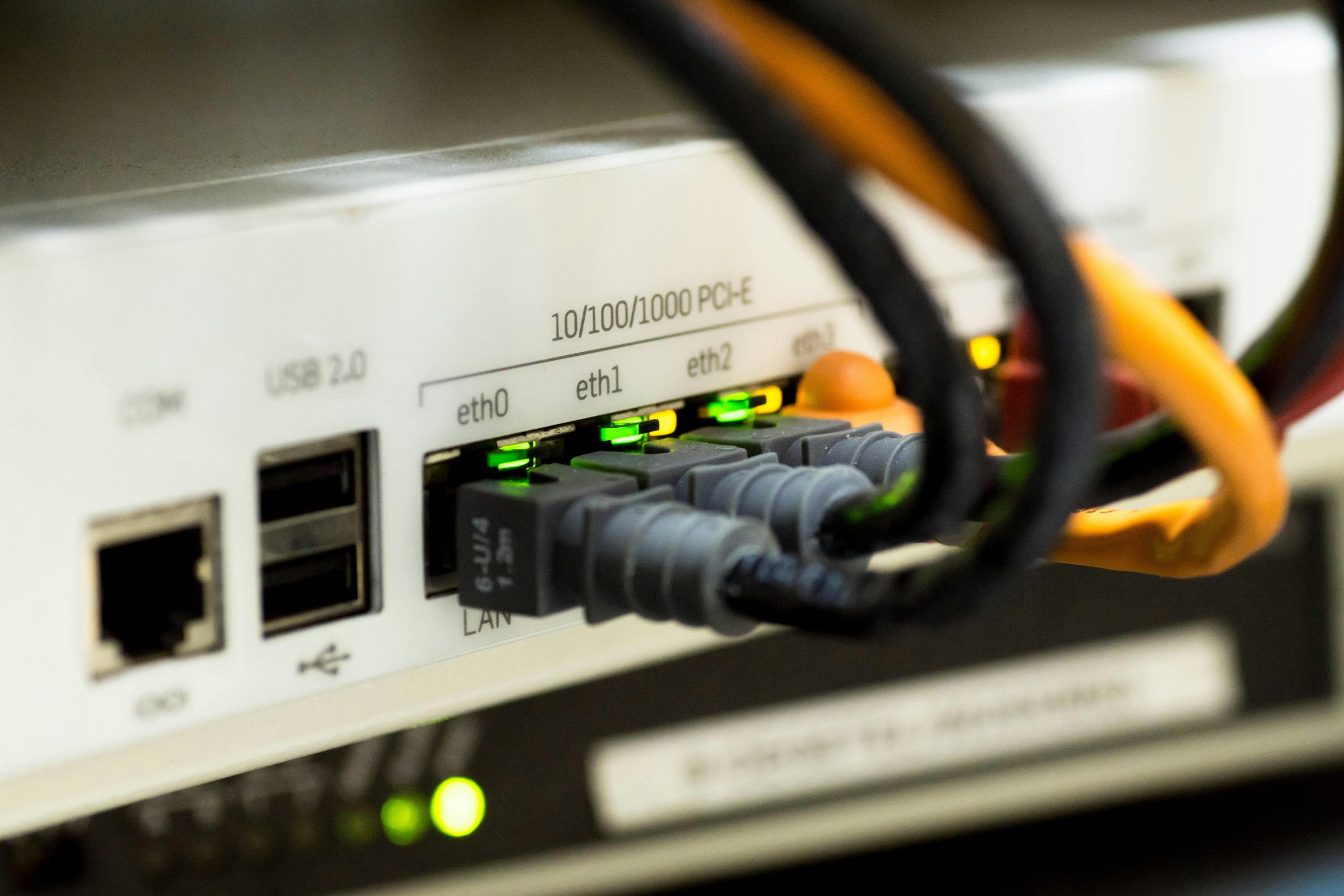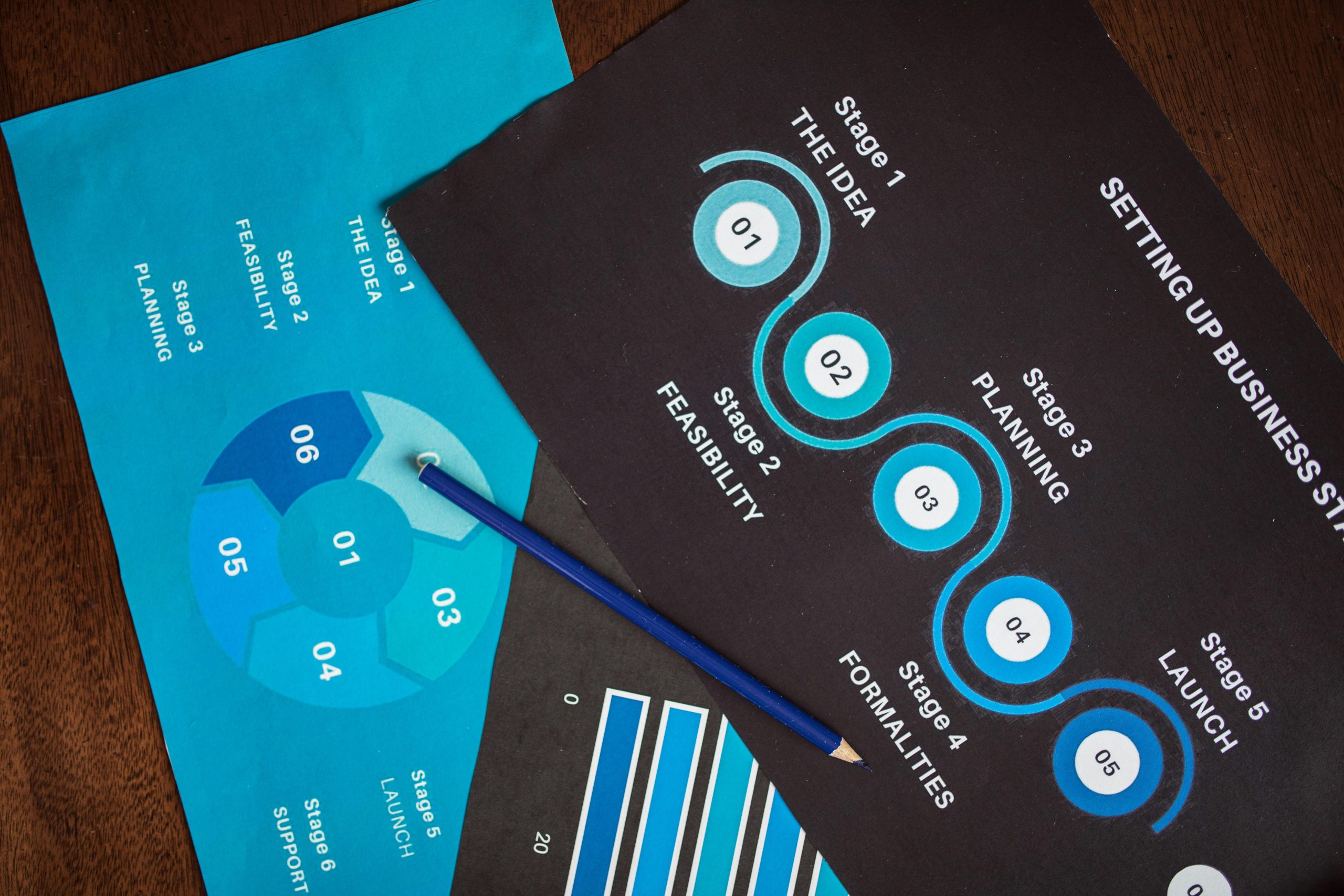Ever wondered why even the most “secure” systems still fail? In today’s digital battlefield, where fault tolerance is king, a single overlooked vulnerability can bring down an entire network. The good news? Vulnerability Assessment Frameworks (VAFs) are here to be your cyber-shield—but only if you use them right.
Welcome to this deep dive into Vulnerability Assessment Frameworks. You’ll learn what they are, how they protect against system failures, and the actionable steps to integrate them effectively into your cybersecurity strategy. We’ll break it down step by step, share some hard-won wisdom (and yes, rant about industry fails), and leave you with tools that actually work.
Table of Contents
- Key Takeaways
- The Big Problem: Why Fault Tolerance Needs VAFs
- Step-by-Step Guide to Deploying VAFs
- Tips for Mastering Vulnerability Assessments
- Real-World Success Stories
- FAQs on Vulnerability Assessment Frameworks
Key Takeaways
- Fault tolerance begins with proactive vulnerability identification through structured frameworks.
- A robust VAF includes tools like penetration testing, asset discovery, and continuous monitoring.
- Automation saves time but requires human oversight for nuanced decisions.
- Ignoring vulnerabilities isn’t just careless—it’s catastrophic for business continuity.
The Big Problem: Why Fault Tolerance Needs VAFs
“Why do we need yet another framework?” asked my grumpy inner voice after failing—not once, but twice—to detect zero-day exploits in a client project. That failure cost us four days of recovery and thousands in downtime. It hit me then: manual vulnerability scans were as outdated as flip phones.

In a world where hackers evolve faster than software patches, relying solely on traditional methods means playing catch-up forever. Enter Vulnerability Assessment Frameworks:
- Problem-Solving Power: They offer comprehensive coverage, identifying weak points before attackers exploit them.
- Integration Potential: These frameworks seamlessly integrate with existing tools like SIEMs (Security Information and Event Management).
- Fault Tolerant: Built-in redundancy ensures that even if one tool misses something, others pick up the slack.
Think of VAFs as your IT department’s GPS—they don’t drive the car, but they sure help avoid crashing into mountains.
Rant Alert!
Let’s talk peeves: Organizations dumping money into shiny firewalls while ignoring foundational frameworks. Hello? Security starts from within—not just at the perimeter!
Step-by-Step Guide to Deploying VAFs
Ready to level up? Here’s how to roll out a rock-solid Vulnerability Assessment Framework.
Step 1: Inventory All Assets
Optimist You: “We have everything cataloged!”
Grumpy You: “Not unless Excel counts as inventory management.”
Create an exhaustive list of all hardware, software, and network devices using automated tools like Nessus or Qualys.
Step 2: Prioritize Critical Systems
Focus first on high-value assets—the crown jewels. If someone hacks your HR database, it’s bad. But compromising your payment gateway? Game over.
Step 3: Choose Tools Wisely
Select tools based on compatibility, scalability, and ease of integration. Popular options include:
- OpenVAS (open-source)
- Tenable.io (enterprise-ready)
- Nmap (for quick scans)
Terrible Tip Warning!
Don’t skimp on training because “it takes too long.” Spoiler: Cleaning up breaches takes WAY longer.
Step 4: Run Scans Regularly
Automate daily scans for critical areas and weekly audits for less sensitive zones. Continuous monitoring = peace of mind.
Tips for Mastering Vulnerability Assessments
- Combine Static and Dynamic Analysis: Static code reviews + dynamic scanning equals double the protection.
- Use Threat Intelligence Feeds: Stay ahead of emerging threats by integrating data feeds into your VAF.
- Engage Your Team: Educate employees about phishing risks—it’s not all tech-based.

Real-World Success Stories
Take Equifax’s 2017 breach—a classic case of missed signals. Now compare it with Microsoft Azure’s proactive adoption of vulnerability frameworks: no major incidents since implementation thanks to constant vigilance.

Lesson learned: Proactivity pays off. Don’t wait until attackers knock on your door—build walls fortified with VAFs.
FAQs on Vulnerability Assessment Frameworks
Q: Are free tools enough?
Nope. While open-source solutions like OpenVAS are great starters, enterprises need advanced features offered by premium tools.
Q: How often should I update my framework?
As frequently as updates come out—at least quarterly, ideally monthly for maximum effectiveness.
Q: Can AI replace human analysts?
AI assists, doesn’t replace. Humans interpret context better; machines handle grunt work.
Conclusion
To recap, Vulnerability Assessment Frameworks aren’t optional luxuries—they’re necessities for modern businesses seeking cyber resilience. By following a structured approach, leveraging automation intelligently, and staying informed, you can fortify your defenses against evolving threats.
Remember: Just like Tamagotchis, cybersecurity thrives on consistent care.

Stay vigilant and stay secure!


